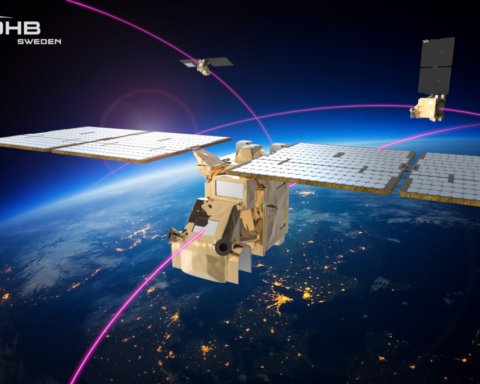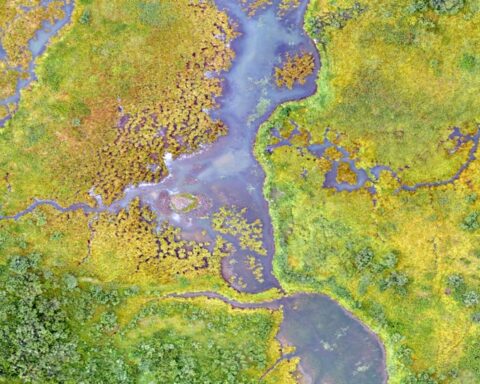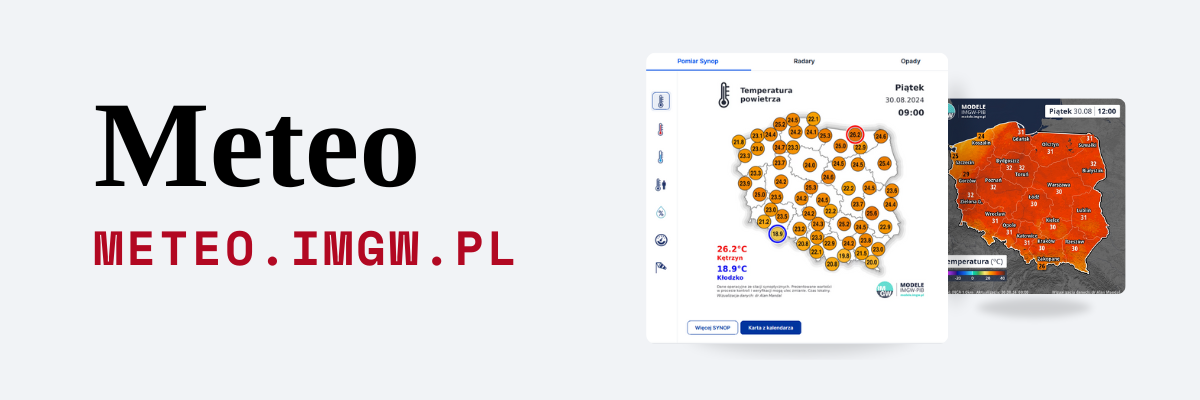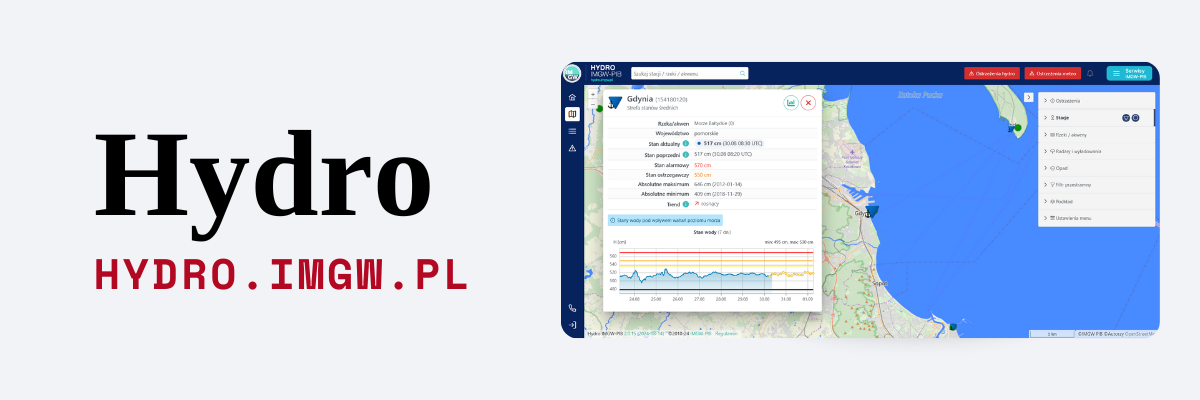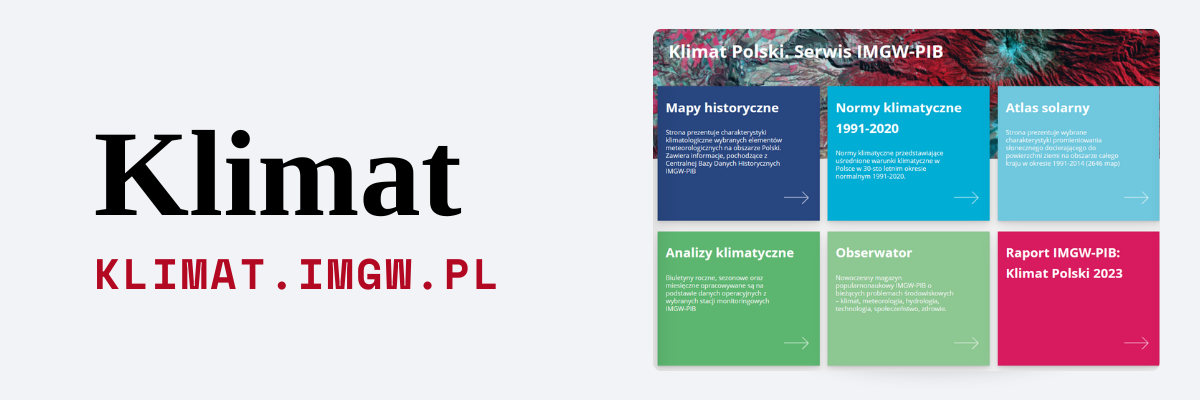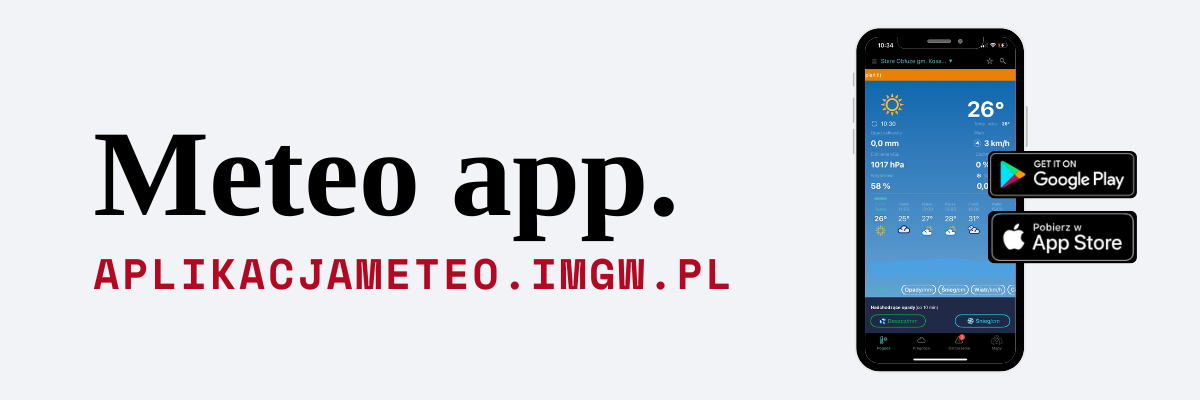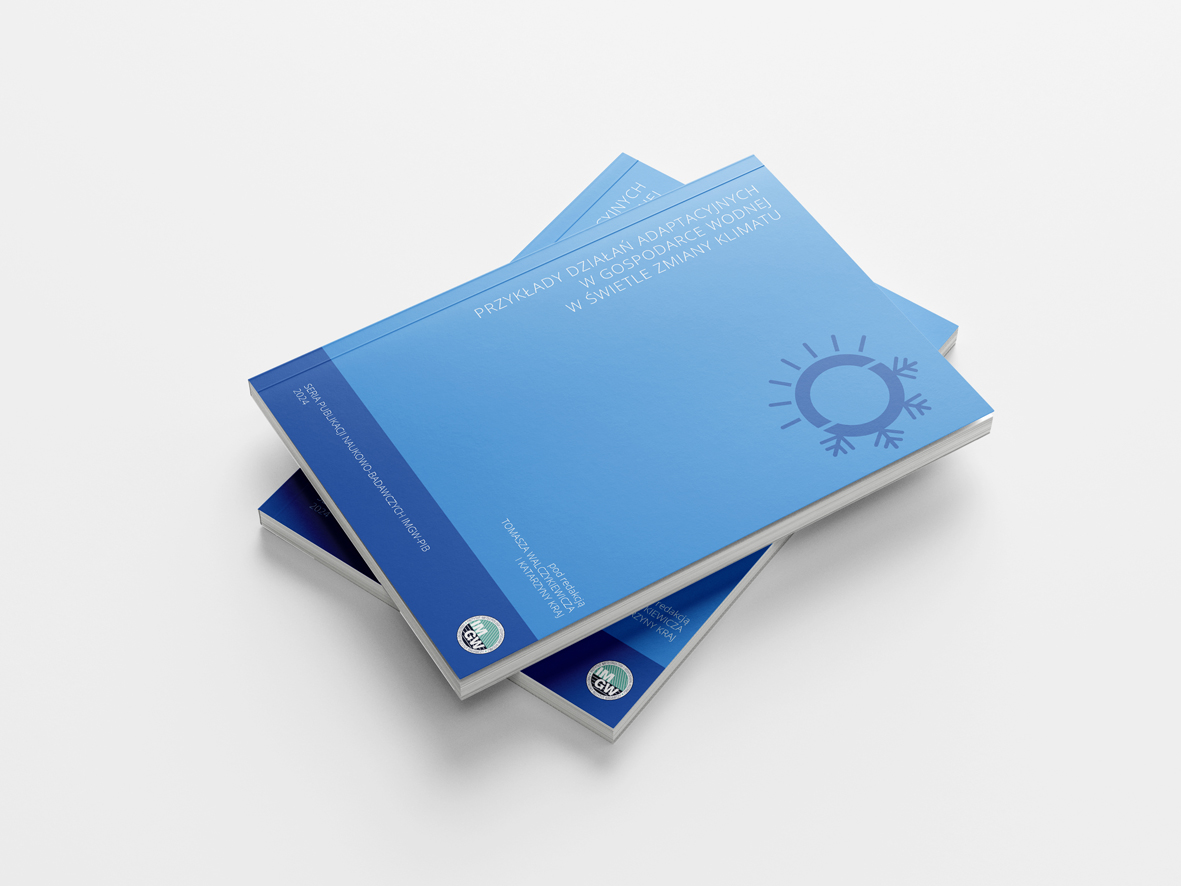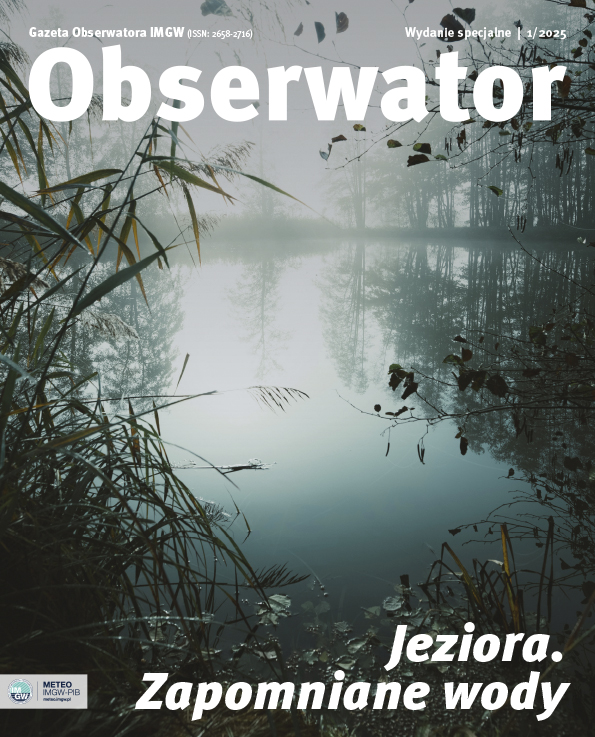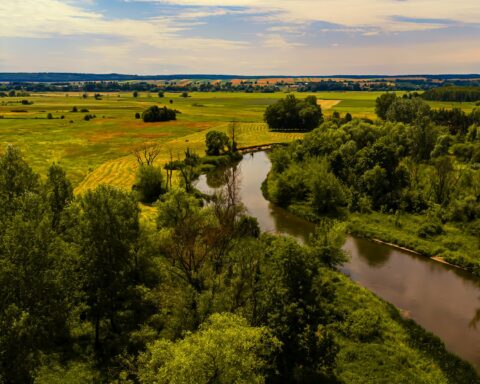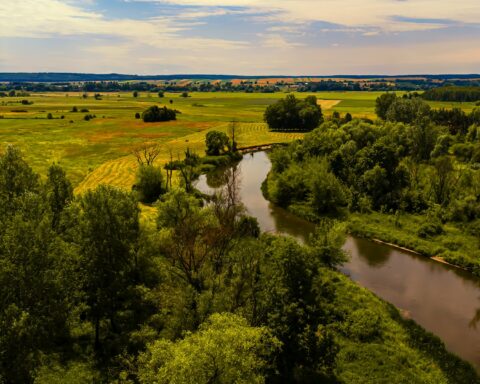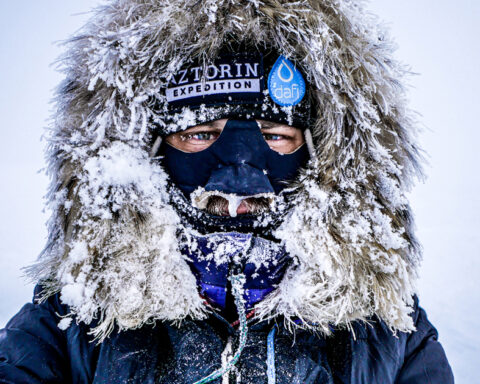The most significant feature of nowcasting forecasts is their high spatial and temporal resolution, as well as exceptional verifiability with a short time ahead of several hours. Therefore, they are highly popular in modelling individual meteorological fields, especially precipitation associated with the most dangerous convective (stormy) phenomena. Generating such forecasts requires modern measurement techniques and is impossible without weather radars. That is why, the development of nowcasting in Poland was – and still is – possible because of the establishment of the POLRAD network, which was initiated by the launch of the Ramża radar near Katowice in 1996.
AUTHOR: Jan Szturc, IMGW-PIB/Meteorological Modelling Centre, Department of Nowcasting
Single weather radars that operated in Poland after World War II were mainly Soviet-made devices, such as the MRŁ-5 installed in Legionowo. However, they did not form a network enabling the production of modern, operational nowcasting forecasts. That changed in 2004, when the construction of POLRAD, a network of eight radars made by the German company Gematronik (now LEONARDO Germany), was completed.
First steps in nowcasting. Initially, the work on the nowcasting system was carried out at the Hydrological and Meteorological Office of the IMGW branch in Katowice. The group included Anna Jurczyk, Jan Szturc and Katarzyna Ośródka. As a result, simple extrapolation models for the precipitation field covering an area within a range of about 250 km from the Ramża radar were launched and used for local office needs. Together with the expansion of the POLRAD network, the spatial range of the models was gradually extended.
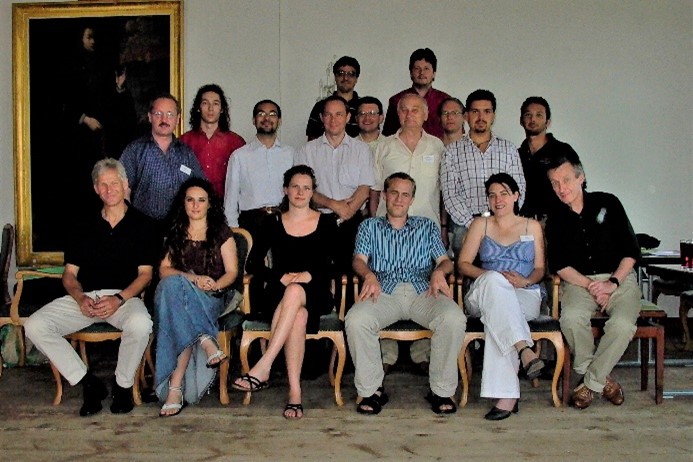
Since 2000, activities related to the application of weather radars have been developed in international cooperation. Firstly, as part of the COST 717 Action (e.g. a comprehensive review report on precipitation nowcasting models used worldwide at that time was prepared and published), and then COST 731 (the main focus was on the analysis of uncertainty contained in radar data and precipitation forecasts). Based on these experiences, numerous scientific papers were published, and the employees of the IMGW took part in developing a monograph on radar data quality control in Europe. At that time, one of the main specialties of the team from Katowice, besides nowcasting, was operational quality control of three-dimensional radar data. They closely cooperated with Stanisław Moszkowicz, highly regarded in Europe and the first IMGW specialist in radar data implementation and interpretation.
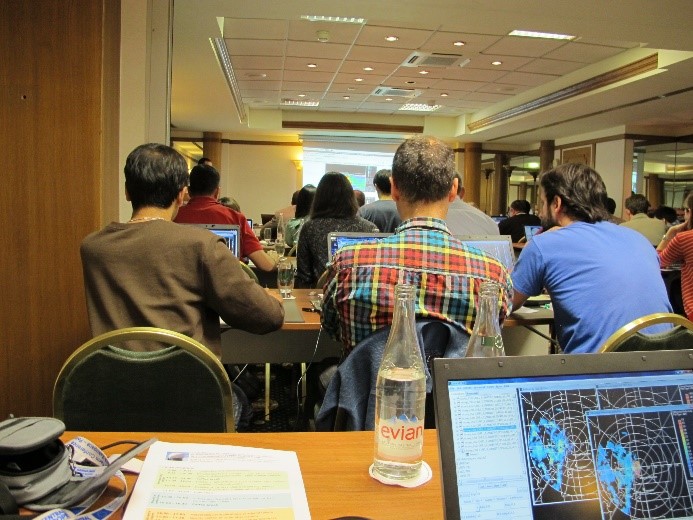
In 2004, the team integrated the Radar Operational Centre (now the Terrestrial Remote Sensing Department [WTN]) and focused on developing its previous work. International cooperation was continued under the MUSIC (EU Framework Program) and RISK-AWARE (INTERREG CADSES) projects. WTN soon initiated the BALTRAD project and took part in its subsequent edition – BALTRAD+ (INTERREG BSR). IMGW employees, in cooperation with colleagues from Sweden and Finland, were responsible for developing advanced algorithms for quality control of radar data, which is a key condition enabling the use of this data for precipitation nowcasting. At that time, under the leadership of Katarzyna Ośródka, work was started on its own, advanced system of radar data quality control RADVOL-QC, currently used operationally in the POLRAD network and in other countries.
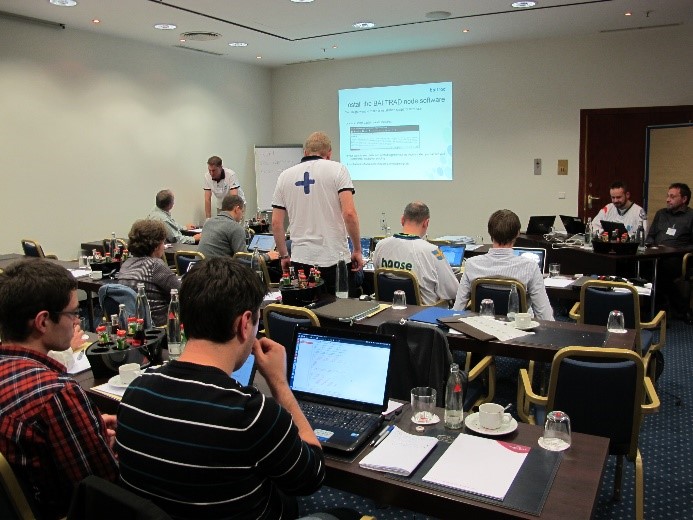
Launching the full range of nowcasting forecasts. In 2010, the Institute of Meteorology and Water Management joined the European project INCA-CE (INTERREG), under which the Austrian meteorological service ZAMG provided partners with its own INCA model for the nowcasting of the most significant meteorological fields. The aim of the agreement was to install and implement the model in individual meteorological services and then to work together on its development. On the part of IMGW, except for the radar team, Mateusz Giszterowicz and Paweł Pszeniczny from the Satellite Remote Sensing Department (ZTS) mainly participated in the project. At the same time, since 2009, Anna Jurczyk has been working intensively on developing a new, advanced precipitation nowcasting model SCENE (Storm Cell Evolution and Nowcasting), which also takes into account the evolution of the precipitation field. Since then, nowcasting forecasts of precipitation and other fields have been calculated at the Institute. This model, similarly to the INCA system, the Polish version of which is now called INCA-PL2, is constantly being improved.
In 2014, the employees of WTN and ZTS, who had previously been involved in nowcasting forecasts, were transferred to a separate Nowcasting Section, later transformed into the Nowcasting Department (currently operating as part of the Meteorological Modelling Centre). The works on SCENE and INCA-PL2 are continued in the Department. The most significant achievements include the creation of a precipitation field estimation system based on data from the network of rain gauges, radars, and satellites, called RainGRS, as well as SPT system for the detection and forecasts of precipitation type, including severe convective phenomena. In addition, MERGE was developed, a system that combines nowcasting forecasts provided by SCENE and INCA-PL2 with the mesoscale forecasts of the AROME model.
The employees of the Nowcasting Department are currently working on estimating the precipitation field from available satellite data, developing the MeteoWarn meteorological warning system based on nowcasting data, and creating an advanced detection and thunderstorm forecasting model.
Author: Jan Szturc | Meteorological Modelling Centre, IMGW-PIB.
Main photo: Billy Huynh | Unsplash.

